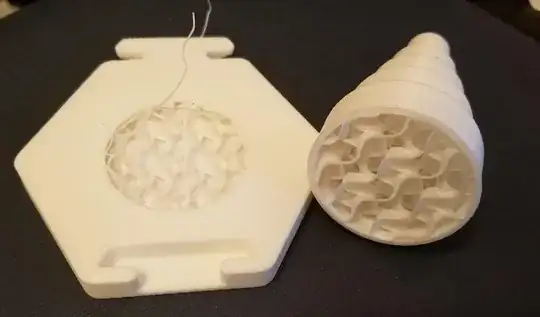I'm using my printer for some baby toys. My last print was one of those pillars for stacking rings, base 5. The basic format includes a base and a pillar coming up perpendicularly in the middle. A box with a cylinder sticking out of it.
Settings:
- 0.3 mm layers,
- 5 layers of base/bottom/shell,
- 20 % gyroid infill,
- PLA,
- 80 mm/s,
- 210 °C, bed at 60 °C.
Three hours of printing later, I took it out of the printer, it feels really solid, all the surfaces are rigid, no compression or anything.
I hand it to my kid, she drops it and the pillar just detaches along the Z layer seam at the base.
Is there anything I can do, either model or printing-wise to reinforce it, aside from printing it horizontally with a bunch of supports?
